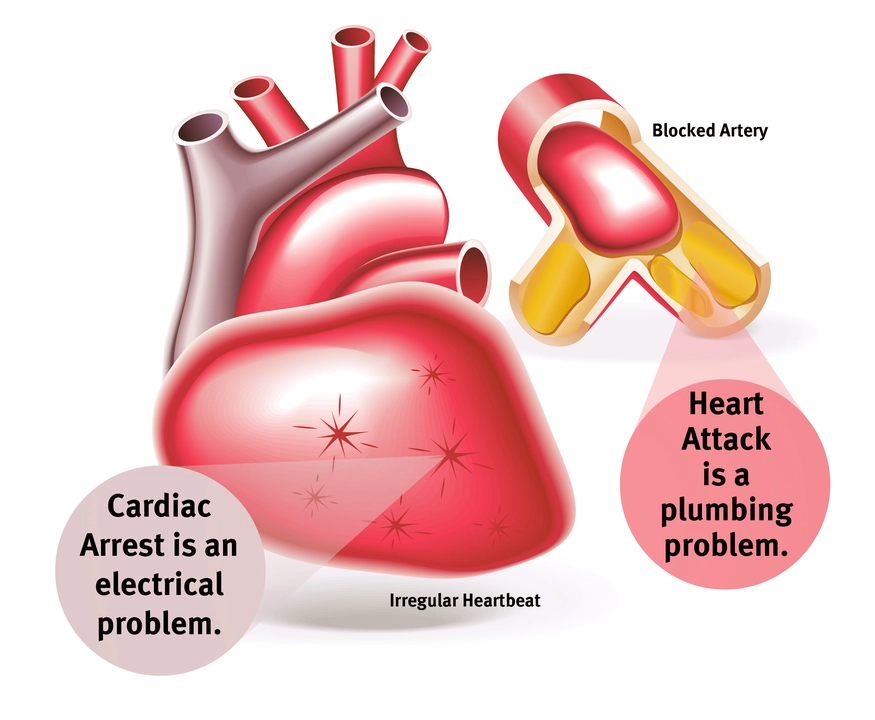Why Cardiac Arrest Happens So Often in Elite College Athletes
If you’ve ever watched a college game and wondered why a sudden collapse seems to happen more often than you’d expect, you’re not alone. In May 2023 we posted a deep‑dive on this exact topic. Below we pull out the key points, explain why they matter, and give practical steps for athletes, coaches, and parents.
Extreme Physical Stress Is a Major Trigger
College athletes push their bodies to the limit every day—intense practices, back‑to‑back games, and year‑round conditioning. That constant high‑intensity load puts extra strain on the heart. When the heart works hard for hours on end, tiny electrical glitches can turn into big problems. Think of it like over‑charging a phone; the battery degrades faster. The same idea applies to the heart muscle. If an athlete doesn’t get enough rest between workouts, the risk of a cardiac event climbs.
One practical tip is to schedule regular low‑intensity recovery days. Even elite programs now use “active rest” sessions—light jogging, yoga, or swimming—to let the heart reset without losing fitness. Coaches who track heart‑rate variability (HRV) can spot when a player isn’t recovering well and adjust training accordingly.
Hidden Heart Conditions and Substances Add to the Danger
Many athletes think they’re healthy because they passed a basic physical exam. But some dangerous conditions, like hypertrophic cardiomyopathy (HCM), often hide without obvious symptoms. HCM thickens the heart muscle and makes it harder for blood to flow, especially during extreme effort. Because it’s silent, it can only be caught with an echocardiogram or genetic test.
Another layer is the use of performance‑enhancing substances. Stimulants, certain supplements, and even some prescription drugs can increase heart rate and blood pressure, making an already stressed heart more vulnerable. The combination of an undetected condition and a stimulant is a recipe for disaster.
What can families and teams do? First, push for comprehensive cardiac screening that includes an ECG and, if possible, an echocardiogram. Second, keep an open conversation about any supplements or medications the athlete is taking. A simple question like, “Are you using anything to boost performance?” can catch risky behavior before it leads to a tragedy.
Lastly, education matters. Athletes who understand the warning signs—chest pain, unusual shortness of breath, fainting episodes—are more likely to seek help right away. Schools can host short workshops each semester to reinforce these signs and the steps to take.
In short, the high rate of cardiac arrest among elite college athletes isn’t magic. It’s a mix of relentless physical stress, hidden heart issues, and sometimes risky substance use. By adding smarter training schedules, thorough heart checks, and honest conversations about supplements, we can lower the odds dramatically.
Keep this in mind the next time you watch a game or see a teenager hitting the gym hard: the heart needs rest, screening, and honest talk just as much as any other muscle. When those pieces fall into place, athletes can stay safe while still chasing their dreams.
